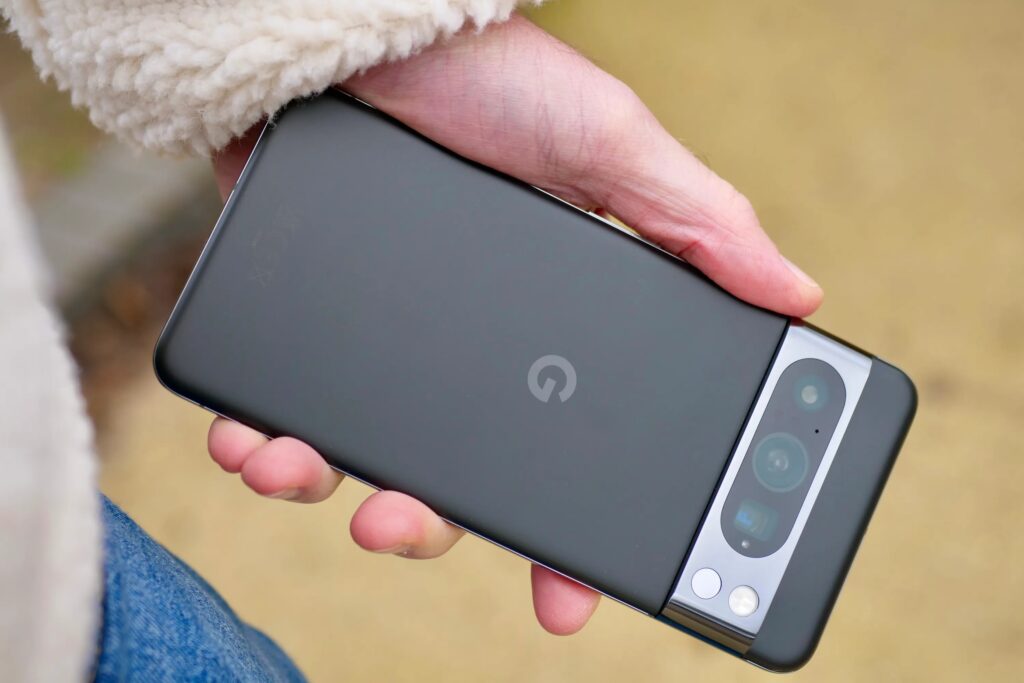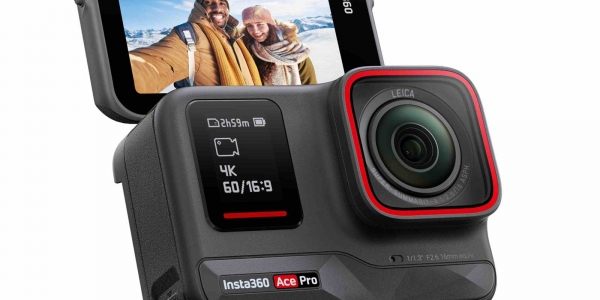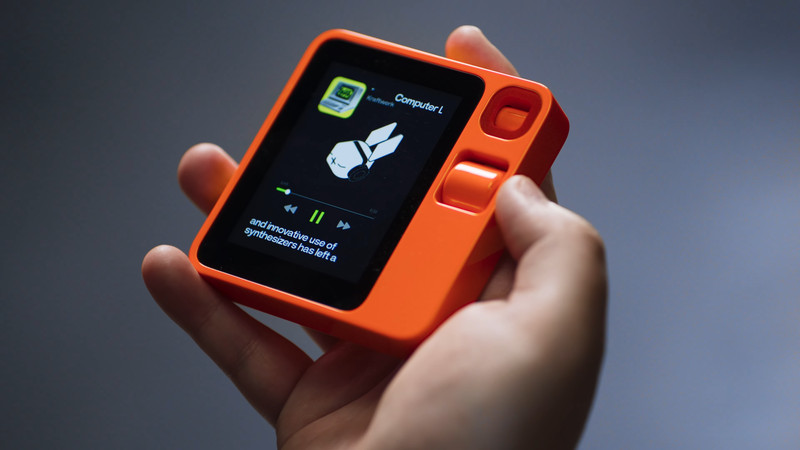Introducing the new Pixel 8A, now available in the striking Bay color. This iteration boasts vibrant hues reminiscent of the 8 Pro’s Bay variant. Take a closer look at the Bay finish on the 8A; it exudes even more saturation, enhancing its visual impact. The design seamlessly aligns with the 8 and 8 Pro, featuring the signature visor design along the top, complemented by a sleek metallic frame, elevating its premium appeal. Despite its luxurious feel, it remains comfortably sized for easy handling. Contrasting it with the Pro, you’ll notice a subtler ridge, accommodating a snug grip without sacrificing elegance. While there’s a slightly more pronounced bezel compared to the Pro and the standard Pixel 8, bear in mind that this is an early hands-on preview, so there’s much more to uncover about this device. Today’s episode is sponsored by EarFun, presenting their budget-friendly ANC wireless headphones, offering a comparable experience to pricier options. Don’t miss out on the opportunity; check out the link in the description to explore high-resolution audio, wireless convenience, an impressive 80-hour playtime, and advanced features like hybrid active noise cancellation and 40mm drivers. The unboxing experience is elegantly simple, with foldable design, plush headband, and soft ear cups. Charging is a breeze with USB-C, capable of fast charging—just 5 minutes for an additional 5 hours of battery life.
You’ve got strong active noise cancellation, capable of canceling out ambient sounds effectively. Can you hear me now? Testing, testing, 1, 2, 3. Testing, testing, 1, 2, but no louder. Testing, 1, 2, 3. Now it’s your turn. Go ahead. You’re not speaking. I can’t hear anything from you. Am I speaking too loudly? No, that can’t be. Wait, was that you yelling? You like to joke around, so I’m not sure if you’re messing with me. Seriously, Mo, I’m not kidding. Oh, you were actually yelling? These headphones are incredible. According to Google, the Specs are outstanding. It’s the most durable A-series phone they’ve released, with IP67 protection against water and dust. Plus, the body is largely constructed from recycled aluminum. The screen measures 6.1 inches with a 20:9 aspect ratio and a resolution of 2400×1080. It supports refresh rates up to 120 Hz and features Gorilla Glass 3, as well as an always-on display. The brightness can reach up to 1,400 nits for HDR content and up to 2,000 nits for peak brightness. Google claims a 24-hour battery life, though actual usage may vary. The battery capacity is 4,492 milliamp-hours, and it supports fast charging and wireless charging. Storage options include 128GB or 256GB, paired with 8GB of RAM. Powered by Google’s Tensor G3 chip, it includes built-in Google One VPN at no extra cost. Google promises 7 years of OS security and feature updates, thanks to their control over the operating system. Despite being a budget device, it boasts the same chip found in premium devices.

You can expect similar performance, particularly in processing power, even though you’re not paying as much as you did for the 8 Pro. For instance, they equip it with the Tensor G3. Plus, it boasts stereo speakers, making it harder to muffle the sound. In terms of colors, it’s available in Bay, which is slightly more vibrant than the Bay option for the 8 Pro. Additionally, there are other color choices like Obsidian, Porcelain, and Aloe.
Now, onto the camera, here’s a bold claim from the notes they provided: the Pixel 8A supposedly has the best camera under $500. This not only hints at its price range (presumably in USD) but also underscores their confidence in both the hardware and software of the camera system.
Delving deeper into the camera specs, although I can’t provide samples right now, here’s what we know: it features a 64-megapixel quad PD wide camera with an aperture of F 1.89 and an 80° field of view. The image sensor size is 1 over 1.73 inches. Additionally, there’s a 13-megapixel ultrawide camera with an aperture of F 2.2 and a 120° field of view. It also incorporates built-in lens correction to minimize distortion. Furthermore, the primary wide camera offers both optical and electronic image stabilization.
At the forefront, we find a 13-megapixel selfie camera with fixed focus, boasting a wide 96.5° ultra-wide field of view, ideal for accommodating multiple individuals in a single shot. Google’s camera app hosts an array of software features including Magic Eraser, Best Take, and Photo Blur, among others, now seamlessly integrated into the 8A. Video recording capabilities extend to 4K at either 30 or 60 frames per second, with the front camera also capable of 4K recording at 30 frames per second. Slow-motion recording up to 240 frames per second is supported, complemented by built-in video stabilization. While I can’t currently test this feature in this initial hands-on review, past experiences with Pixel cameras instill confidence in its effectiveness. The potential for the 8A to become a standout camera option under $500 remains to be seen.

Comparing the handling of devices, the 8A closely resembles its predecessor, the Pixel 8. Traditionally, A series models might exhibit more plasticity in their build or other indications of a budget model, but such distinctions are fading. Both devices feel remarkably similar in hand, offering users a premium experience at an affordable price point. Further exploration of the phone’s capabilities is warranted, but initial impressions, bolstered by the Tensor chip and promises of exceptional camera performance, suggest competitiveness within its price bracket. Despite launching months after its flagship counterpart, the 8A delivers many premium features at a discounted rate. An appreciated design consistency across all Pixel models is the absence of any protruding elements on the back, ensuring stability when placed on flat surfaces.
Alright, let’s dive into the Pixel 8A. The build quality is impressive, with minimal wobble no matter where you tap on the phone. Unlike the standard Pixel 8, which sports a glossy back with a matte section around the camera, the Pixel 8A boasts an all-matte finish—both on the back and the visor bar. Personally, I prefer this aesthetic as it stays fingerprint-free. Of course, if you want extra protection, you can always opt for an ultra-thin later case. We’ve got a variety of colors available, from coffee to dark blue with light blue accents. These cases add grip without compromising on the phone’s sleek feel. If you’re planning to pre-order the phone, consider getting a case too; all the details are in the description below.

Now, let’s talk power. Since there are no power adapters in the box, Anker offers convenient and portable power bricks—perfect for on-the-go charging. It’s a no-brainer investment, especially considering how compact these chargers are.
So, that’s my hands-on and first impressions. I’ll be putting the Pixel 8A to the test against the 8 Pro, which has been my go-to device. Stay tuned to see if this sub $500 phone can hold its own. What are your thoughts? Is the Pixel 8A a serious contender in the sub $500 smartphone market? Let me know in the comments.









